This week’s “Around the Commercial Drone Industry” news round-up looks at a streamlined FAA waiver process for drone as first responder programs, controversial drone legislation from Connecticut, and UAV-based research in to melting arctic ice in Greenland
Improved Waiver Process for DFR programs
The FAA has introduced a new waiver process for public safety groups seeking to add drones as first responder (DFR) programs. As outlined in Dronelife, “all waivers are managed exclusively by FAA Flight Standards, with airspace authorization language already integrated into the waiver.” Through this change, “the need for dual approvals from both Flight Standards and the Air Traffic Organization (ATO)” has been eliminated, resulting in a more efficient approval process.
Connecticut Drone Law Draws Criticism
A new law regarding drone flights in Connecticut has drawn criticism from some members of the drone community. According to an article in DroneDJ, Connecticut legislators passed House Bill 7066, a multi-focused bill that contains provisions around drone flights over critical infrastructure and “formalizes a ban on the purchase and operation of any drones from companies that are on the federal government’s entity list, like DJI.” DroneDJ called the bill “restrictive, and potentially unconstitutional,” and it suggested that the bill may be in conflict with FAA rules around which entities control airspace. Similarly, DroneXL called the bill “absurd” and suggested that provisions of the bill might be “unenforceable.”
Drones Measure Greenland’s Melting Ice Sheet
Research headed by Kevin Rozmiarek of the Institute of Arctic and Alpine Research at the University of Colorado Boulder has “captured detailed measurements of water vapor high above Greenland’s vast ice sheet,” which has been used to create “accurate models of ice loss in the Arctic’s rapidly changing climate.” As reported in Earth.com, the research team used a UAV “outfitted with advanced sampling equipment and boasting a wingspan of 10 feet” to fly 104 missions over Greenland in 2022. “The drone ascended to nearly 5,000 feet on each flight, collecting air samples at different altitudes,” Earth.com reported. The goal of these flights “was to measure the isotopes – unique combinations of hydrogen and oxygen – within water vapor molecules” and trace the vapor’s origin, which would lead to a greater understanding the impact of rising temperatures on Arctic ice.


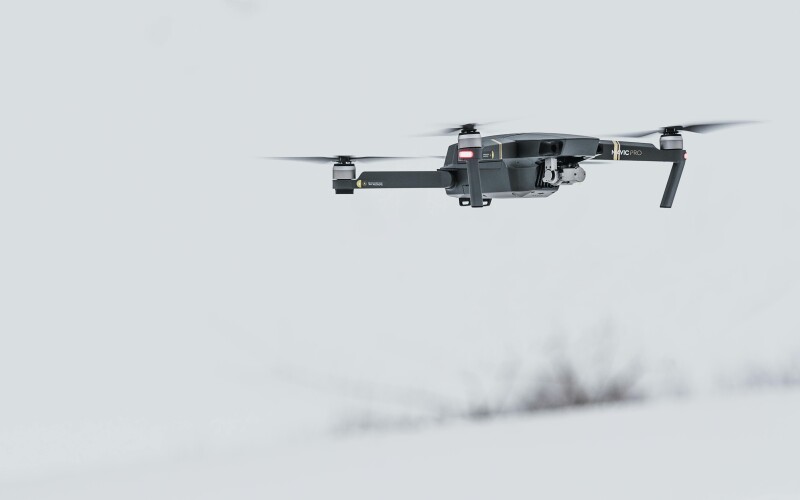

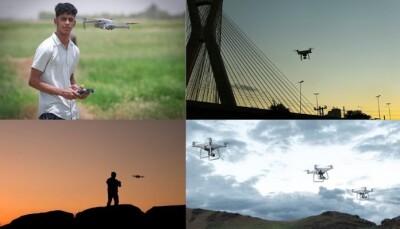

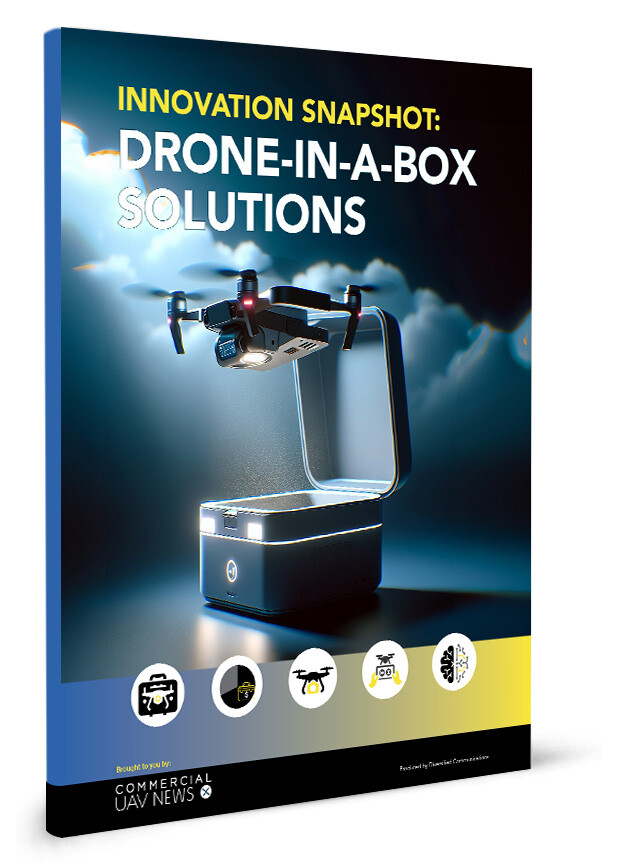

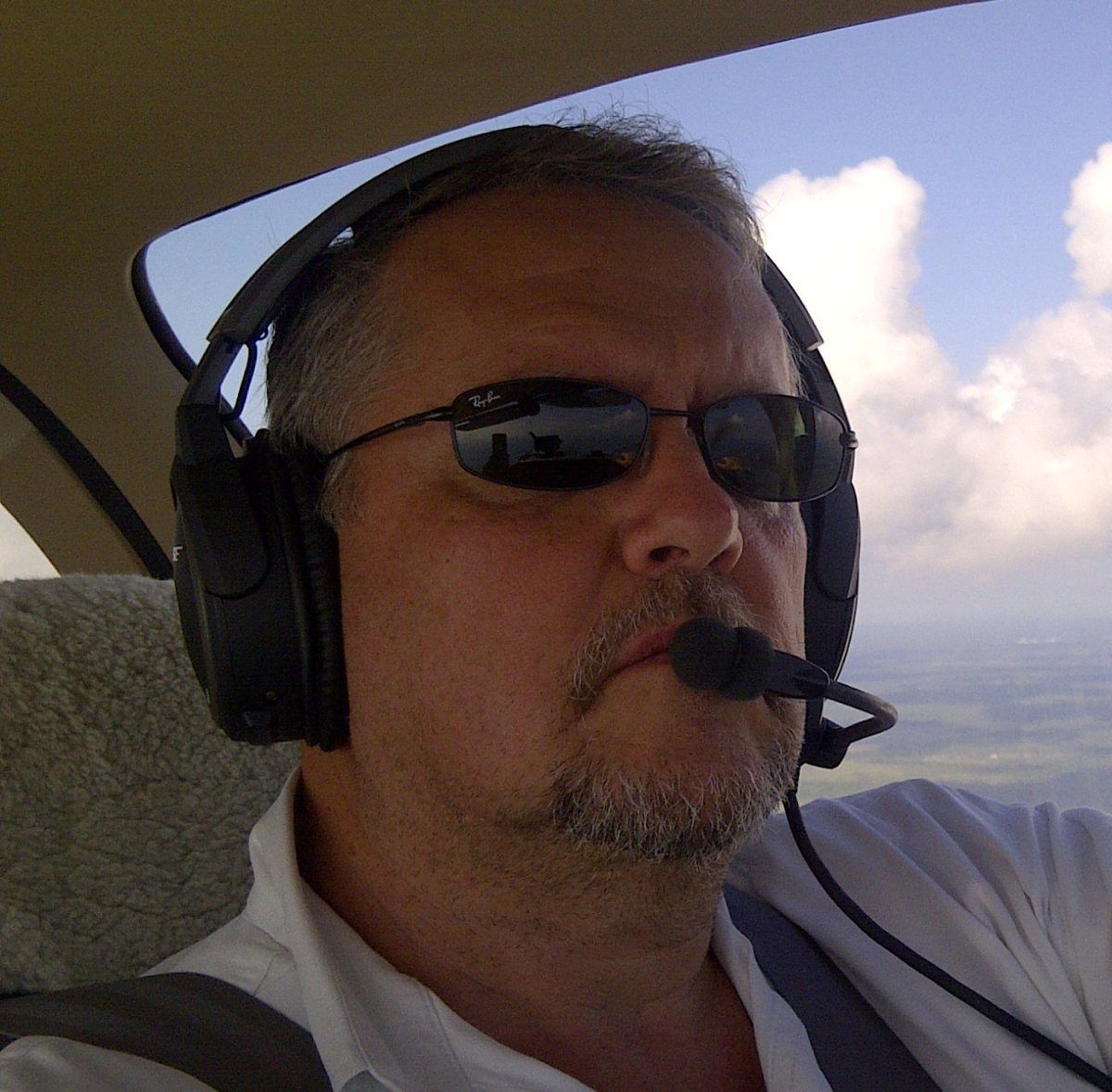




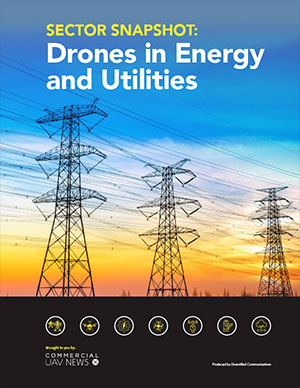

Comments